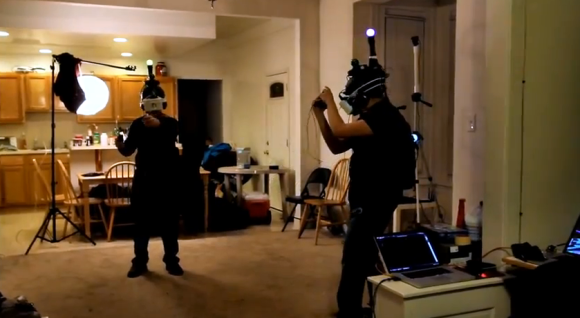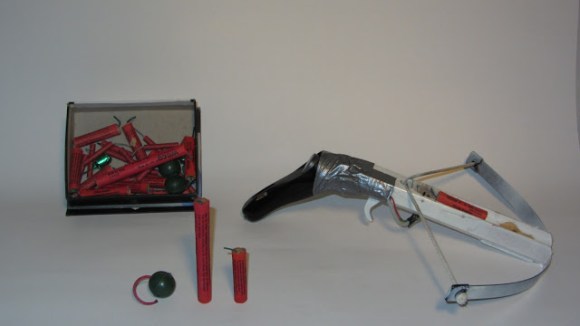
It may seem like this would be an early April Fool’s joke, but the image above shows serious research in action. [Ben Lang] recently had the chance to interview the director of a program that wants to make the Holodeck a reality. The core goal of the research — called Project Holodeck — is to develop an affordable multi-player virtual reality experience outside of the laboratory. We’ve heard speculation that Sony and Microsoft will release their next-gen systems in 2013; we’d rather wait for this to hit the market.
[Nathan Burba] is the director of the program. It’s part of the University of Southern California Games Institute and brings together students of Interactive Media, Cinema Arts, and Engineering. The hardware worn by each player is shown off at the beginning of the video after the break. Most of the components are commercially available (a Lenovo laptop worn in the backpack, PlayStation controllers, etc.) but the stereoscopic display which gives each eye its own 90-degree view was developed specifically for the project.
After seeing the in-game rendered footage we can’t help but think of playing some Minecraft with this equipment. We just need some type of omni-directional treadmill because our living room floor space is very limited.
Continue reading “University Research Dollars Poured Into Developing A Holodeck”















